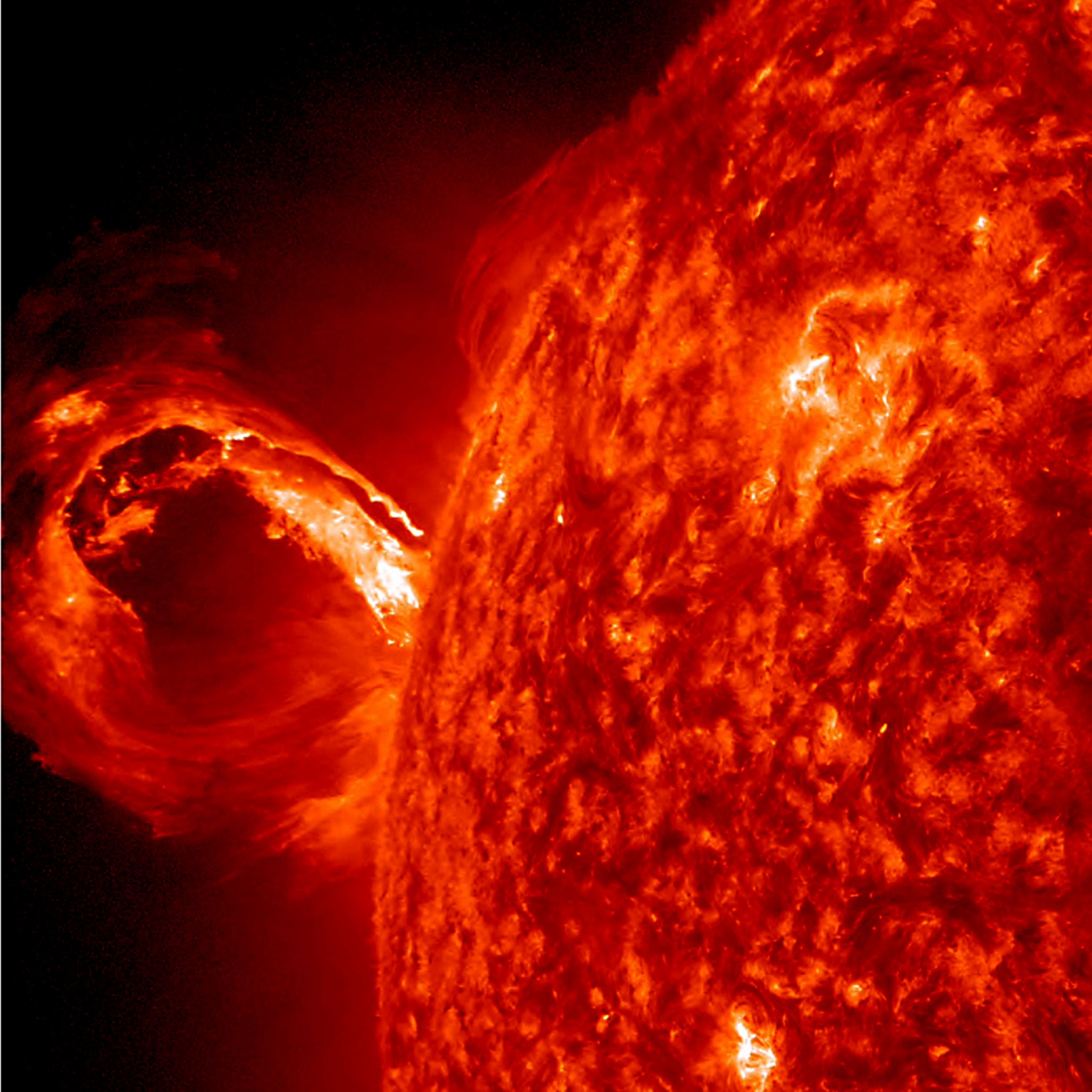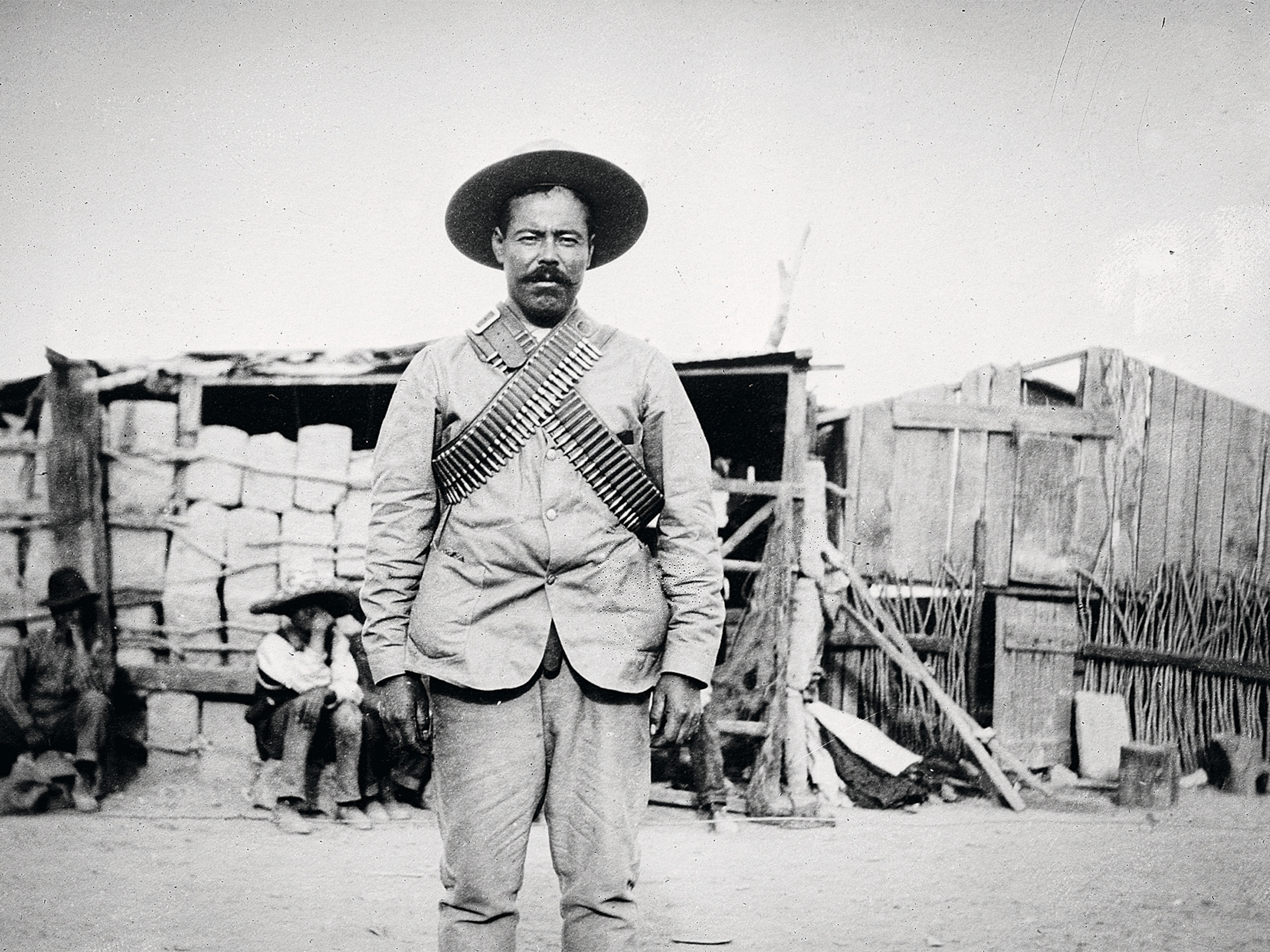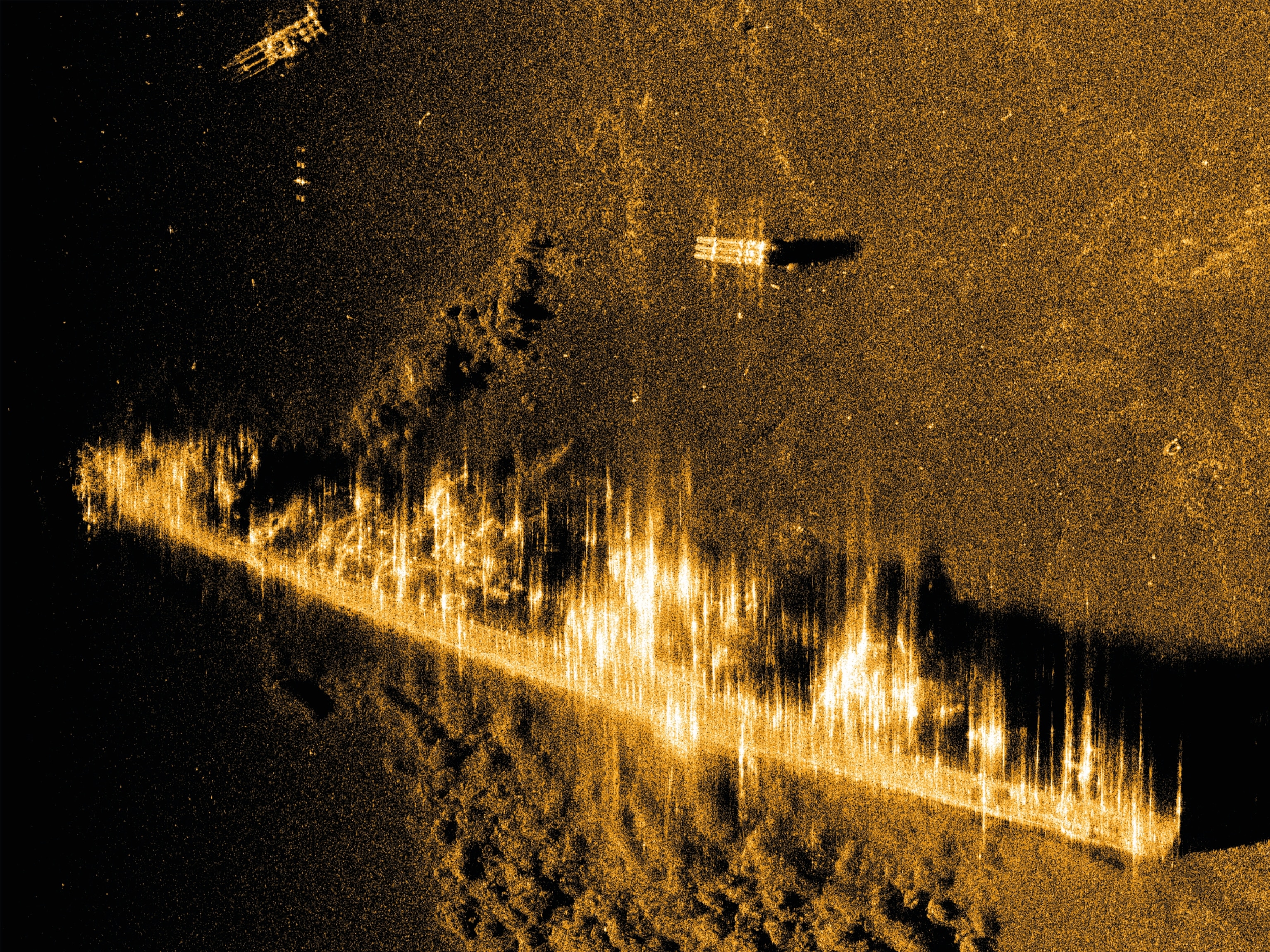
How Sun-Watchers Stopped World War III in 1967
As an intense solar storm interrupted radio and radar communications, scientists and military leaders scrambled to decipher the cause.
On May 23, 1967, on-duty officers at the U.S. Strategic Air Command (SAC) were huddled in an underground command center outside Omaha. They had less than 30 minutes to determine if a sudden bout of radio and radar interference was a natural event or Soviet subterfuge masking a nuclear attack.
Al Buckles was the emergency action controller on duty that day at SAC. As soon as he got word of the apparent radio jam, he and the SAC Emergency Actions Team, which included senior officers, were on the phone with NORAD, the North American Air Defense Command in Colorado Springs, and the National Military Command Center at the Pentagon.
The U.S. radars that had gone on the fritz were part of the Ballistic Missile Early Warning System, which was dedicated to scanning the skies for incoming Soviet missiles. Even if no missiles had been fired, intentionally jamming this early-warning system would have been seen as a potential act of war during the politically tense climate of the Cold War.
As the team dissected the information flowing in, airplanes used as mobile command and control centers and bombers loaded with nuclear weapons awaited their directive. The president was just a phone call away.
In short, if the team determined that the Soviets were to blame, their next actions might have sparked global devastation.
Thankfully, no call was placed on that day and the planes stayed grounded. After about ten minutes, Buckles and his colleagues determined that the radar jamming was a natural occurrence: A strong solar flare had bombarded our planet with a burst of charged particles, creating geomagnetic disturbances that disrupted radio communications.
“It was a near-miss event,” says Delores Knipp, a space physicist at the University of Colorado-Boulder, who recounted the tale publicly for the first time this week in a new paper in Space Weather.
The Great Storm
Solar flares happen when the sun suddenly releases built-up magnetic energy from its atmosphere. If a particularly strong eruption is aimed at Earth, electromagnetic radiation can slam into the upper atmosphere and cause radio interference.
The Great Storm of 1967 was one of the strongest recorded solar storms in history, triggering auroras as far south as New Mexico, according to a May 26, 1967, report.

In addition, bursts of solar particles known as coronal mass ejections can follow a flare, and these streams of solar particles can continue to impact communication for days. That was the case for the 1967 storm.
“Some of these [CMEs] get funneled into polar cap regions, and we end up with polar cap blackouts,” says Knipp. In 1967, “this happened and continued for four days. Hump after hump after hump.”
Crucially, the Great Storm happened just a year after the Air Weather Service Solar Forecast Center issued its first space weather forecasting manual. At that time, a solar forecasting team was issuing weekly forecasts, operating around the clock, and pulling data from four solar observatories in the U.S., as well as facilities in Greece and the Philippines.
Solar observation had only picked up steam in the military a few years earlier, following the launch of the Soviet satellite Sputnik-1 in 1957.
Luckily for Buckles and his team, the Environmental Science Services Administration, the precursor to NOAA, initially spotted sunspots on May 18. In the following days, they watched as the spots increased in complexity and magnetic intensity, eventually erupting in a brilliant solar flare. Two additional flares followed shortly thereafter.
Two solar observatories operated by the Air Weather Service saw the flares in real time, and NORAD used their data in its discussions with SAC.
Birth of a Forecast
Ultimately, a scientific network implemented in the 1960s provided the foundation for Buckles and his team to make a quick and accurate decision when faced with a failing radar network.
According to Knipp, “this storm was significant enough to drive changes in Air Force development in space weather and observatories.” In her mind, the May 1967 storm was the root of what we now call space weather forecasting.
The Department of Defense rapidly expanded its space observation in response to the storm, and the U.S. Air Force Space Environment Support System grew directly out of the event.
But though the storm changed how the military viewed space observation, it was just another day at the office for Al Buckles.
“Every minute was a training minute, a minute of being ready,” he says. “There was no room for misinterpretation or misjudgment. A mistake could cause a whole lot of unwanted things to happen.”
Follow Aaron Sidder on Twitter.





